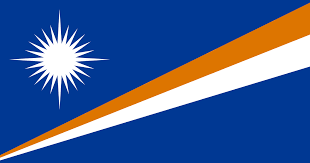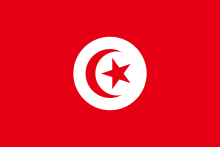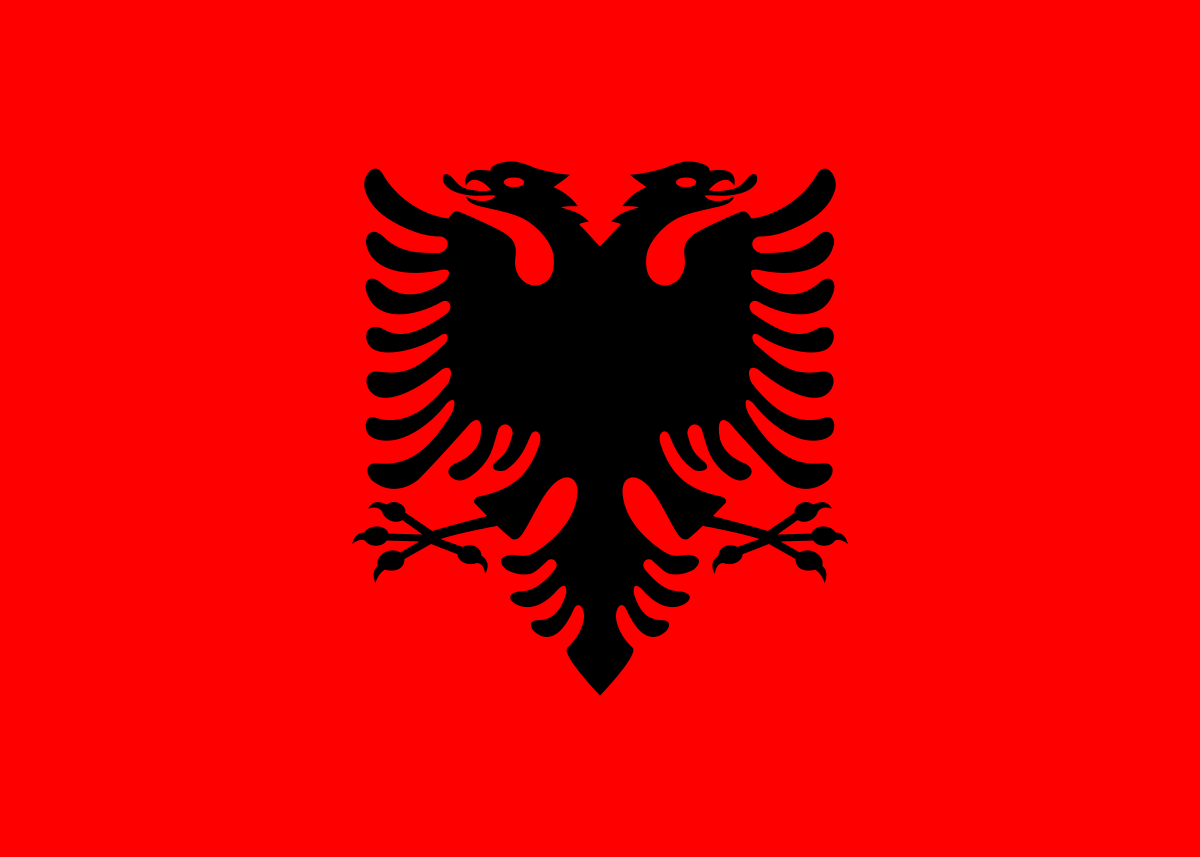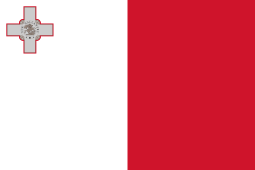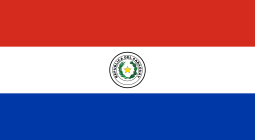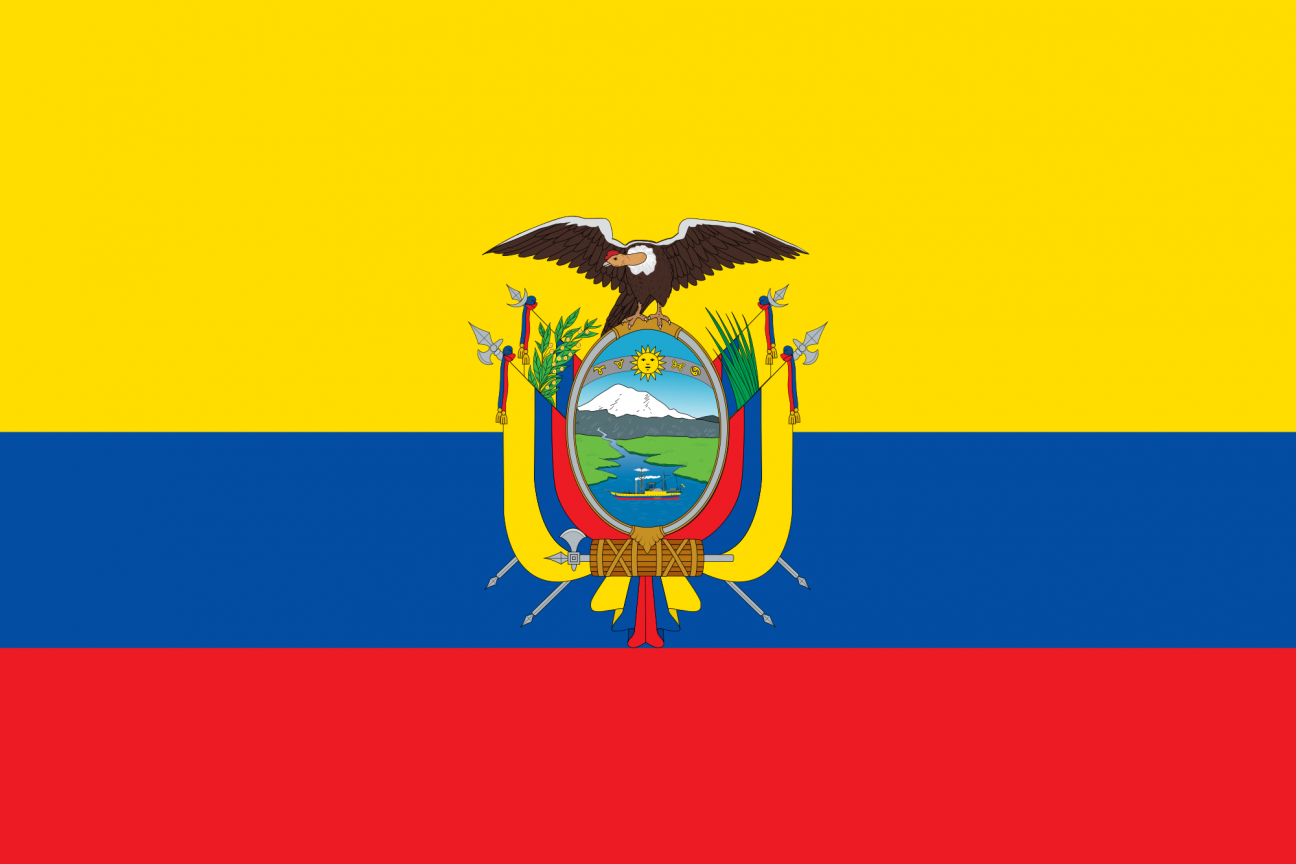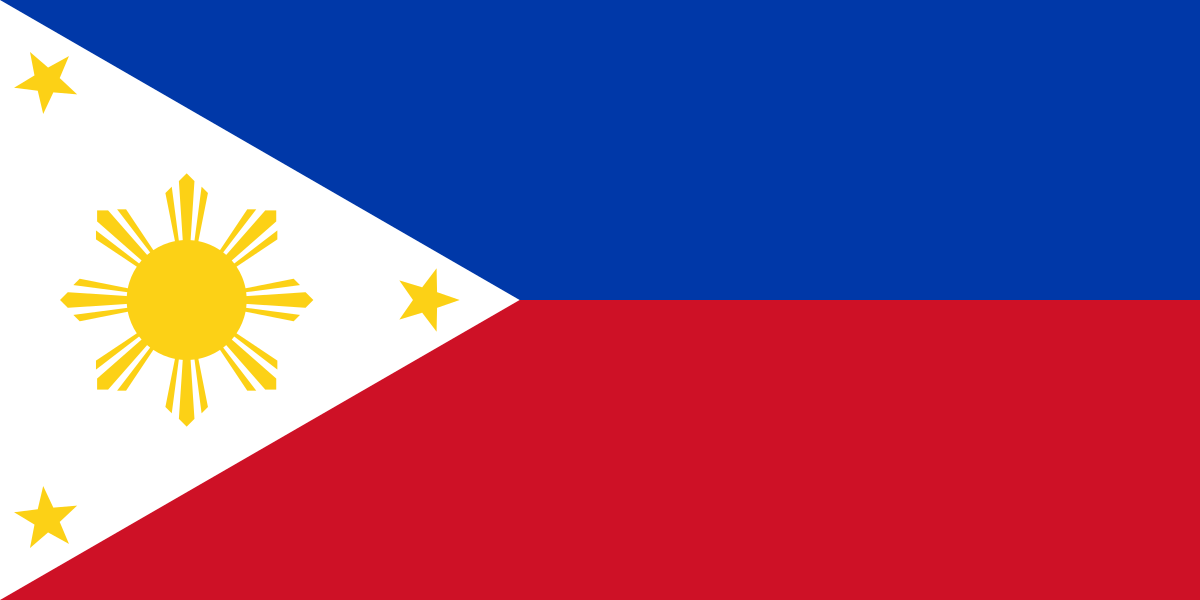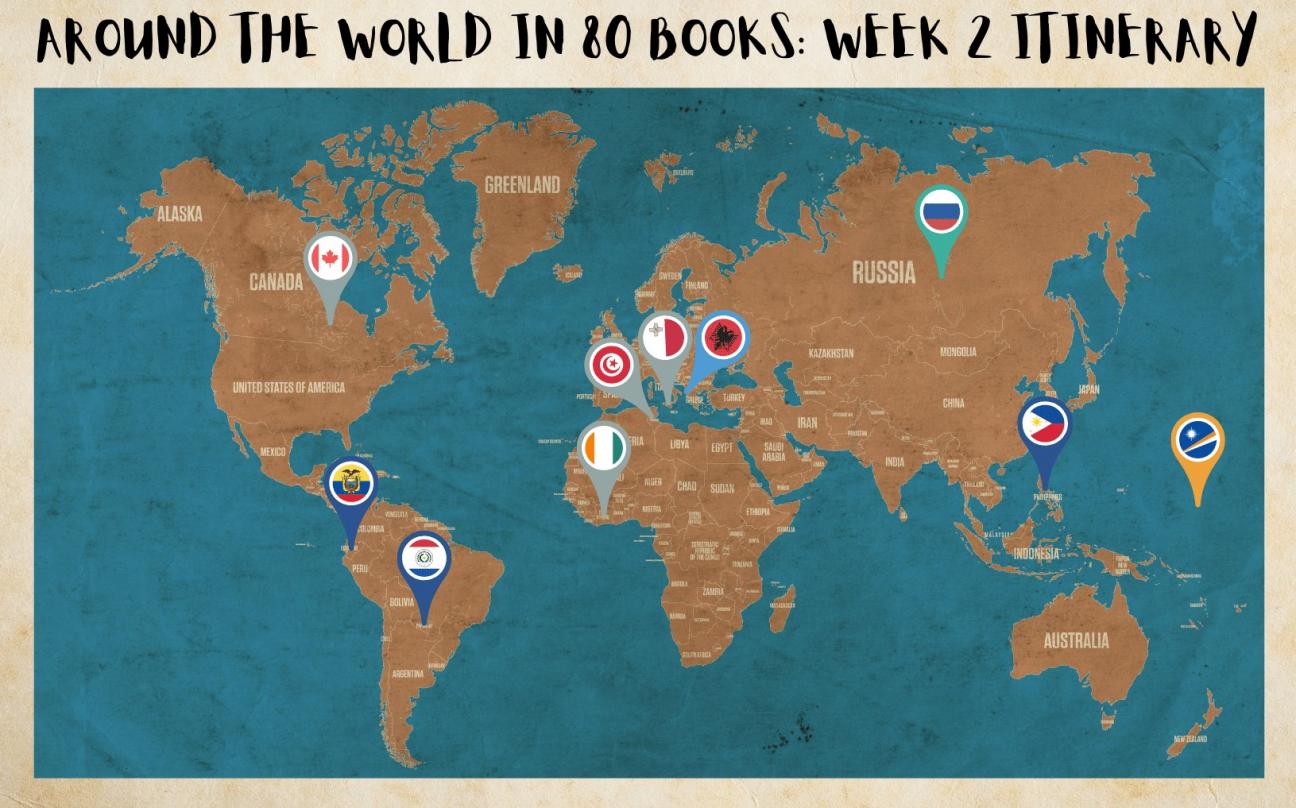
Welcome to week 2 of Tower Road Branch's world tour: Around the World in 80 Books! Over the course of 8 weeks I'll be recommending 80 books set in 80 different places across the globe. All the locations included in our journey will be chosen completely at random using the random country generator from randomlists.com.
Where will fate take us next?
If you missed the first week of our tour, check it out here! Otherwise, let's jump right in and head over to.....

The Marshall Islands
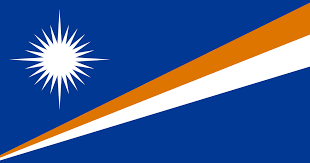
Iep Jltok: Poems from a Marshallese Daughter by Kathy Jetnil-Kijiner [2017]
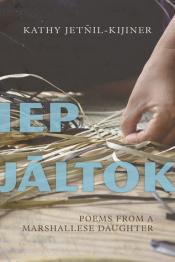
Marshallese poet and activist Kathy Jetnil-Kijiner’s writing highlights the traumas of colonialism, racism, forced migration, the legacy of American nuclear testing, and the impending threats of climate change. Bearing witness at the front lines of various activist movements inspires her work and has propelled her poetry onto international stages, where she has performed in front of audiences ranging from elementary school students to more than a hundred world leaders at the United Nations Climate Summit.
The poet connects us to Marshallese daily life and tradition, likening her poetry to a basket and its essential materials. Her cultural roots and her family provides the thick fiber, the structure of the basket. Her diasporic upbringing is the material which wraps around the fiber, an essential layer to the structure of her experiences. And her passion for justice and change, the passion which brings her to the front lines of activist movements—is the stitching that binds these two experiences together.
Iep Jaltok will make history as the first published book of poetry written by a Marshallese author, and it ushers in an important new voice for justice.
Learn more about The Marshall Islands | Find more resources on The Marshall Islands

Tunisia
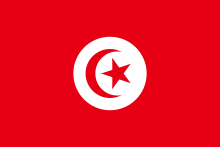
The Ardent Swarm by Yamen Manai [2017]

Sidi lives a hermetic life as a bee whisperer, tending to his beloved “girls” on the outskirts of the desolate North African village of Nawa. He wakes one morning to find that something has attacked one of his beehives, brutally killing every inhabitant. Heartbroken, he soon learns that a mysterious swarm of vicious hornets committed the mass murder—but where did they come from, and how can he stop them? If he is going to unravel this mystery and save his bees from annihilation, Sidi must venture out into the village and then brave the big city and beyond in search of answers.
Along the way, he discovers a country and a people turned upside down by their new post–Arab Spring reality as Islamic fundamentalists seek to influence votes any way they can on the eve of the country’s first democratic elections. To succeed in his quest, and find a glimmer of hope to protect all that he holds dear, Sidi will have to look further than he ever imagined.
In this brilliantly accessible modern-day parable, Yamen Manai uses a masterful blend of humor and drama to reveal what happens in a country shaken by revolutionary change after the world stops watching.
Learn more about Tunisia | Find more resources on Tunisia

Albania
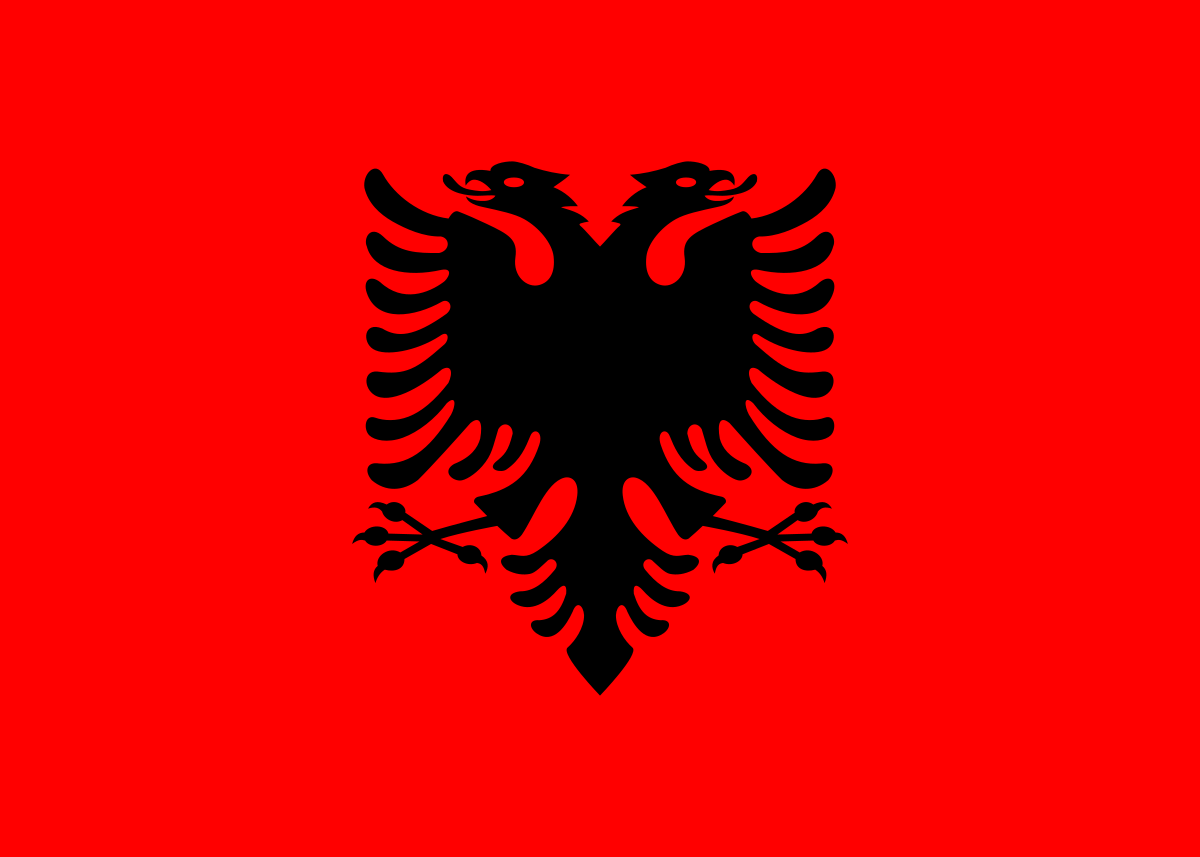
A Girl in Exile: Requiem for Linda B by Ismail Kadare [2009]
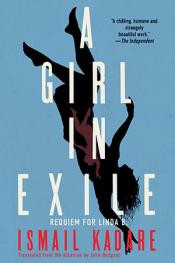
He soon learns that Linda's family, considered suspect, was exiled to a small town far from the capital, and that she committed suicide. Under the influence of a paranoid regime, Rudian finds himself swept along on a surreal quest to discover what really happened to Linda B. Through layers of intrigue, her story gradually unfolds: how she loved Rudian from a distance, and the risks she was prepared to take so that she could get close to him. He becomes captivated by her story, and disturbed at how he might be culpable for her fate.
A Girl in Exile is a stunning, deeply affecting portrait of life and love under surveillance, infused with myth, wry humor, and the absurdity of a paranoid regime.
Learn more about Albania | Find more resources on Albania

Malta
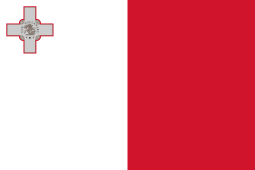
The Brass Dolphin by Caroline Harvey [2000]
A sweeping historical from the national bestselling author of Marrying the Mistress
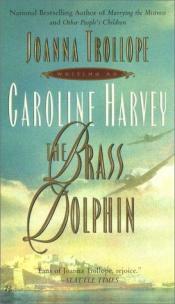
Learn more about Malta | Find more resources on Malta

Russia

The Big Green Tent by Ludmila Ulitskaya [2015]
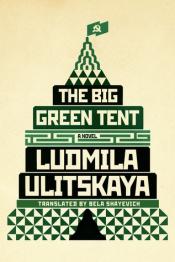
Rich with love stories, intrigue, and a cast of dissenters and spies, The Big Green Tent offers a panoramic survey of life after Stalin and a dramatic investigation into the prospects for integrity in a society defined by the KGB. Each of the central characters seeks to transcend an oppressive regime through art, a love of Russian literature, and activism. And each of them ends up face-to-face with a secret police that is highly skilled at fomenting paranoia, division, and self-betrayal. An artist is chased into the woods, where he remains in hiding for four years; a researcher is forced to deem a patient insane, damning him to torture in a psychiatric ward; a man and his wife each become collaborators, without the other knowing.
Ludmila Ulitskaya’s big yet intimate novel belongs to the tradition of Dostoyevsky, Tolstoy, and Pasternak: a work of politics, love, and belief that is a revelation of life in dark times.
Learn more about Russia | Find more resources on Russia
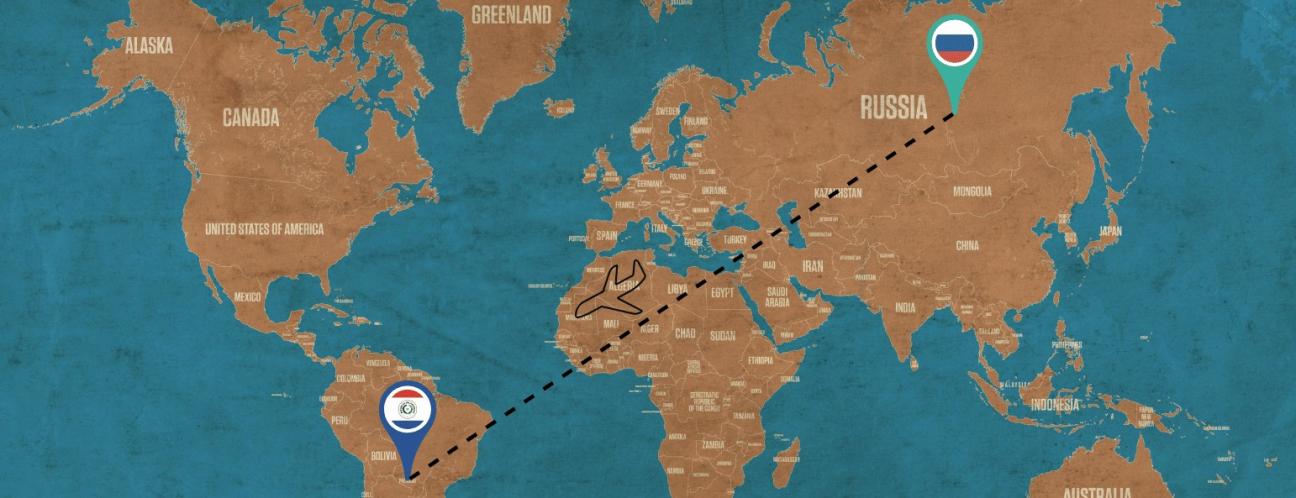
Paraguay
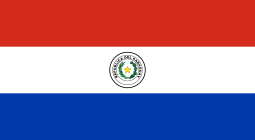
Zama by Antonio Di Benedetto [1956]
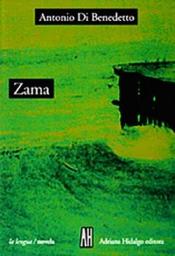
Learn more about Paraguay | Find more resources on Paraguay

Ecuador
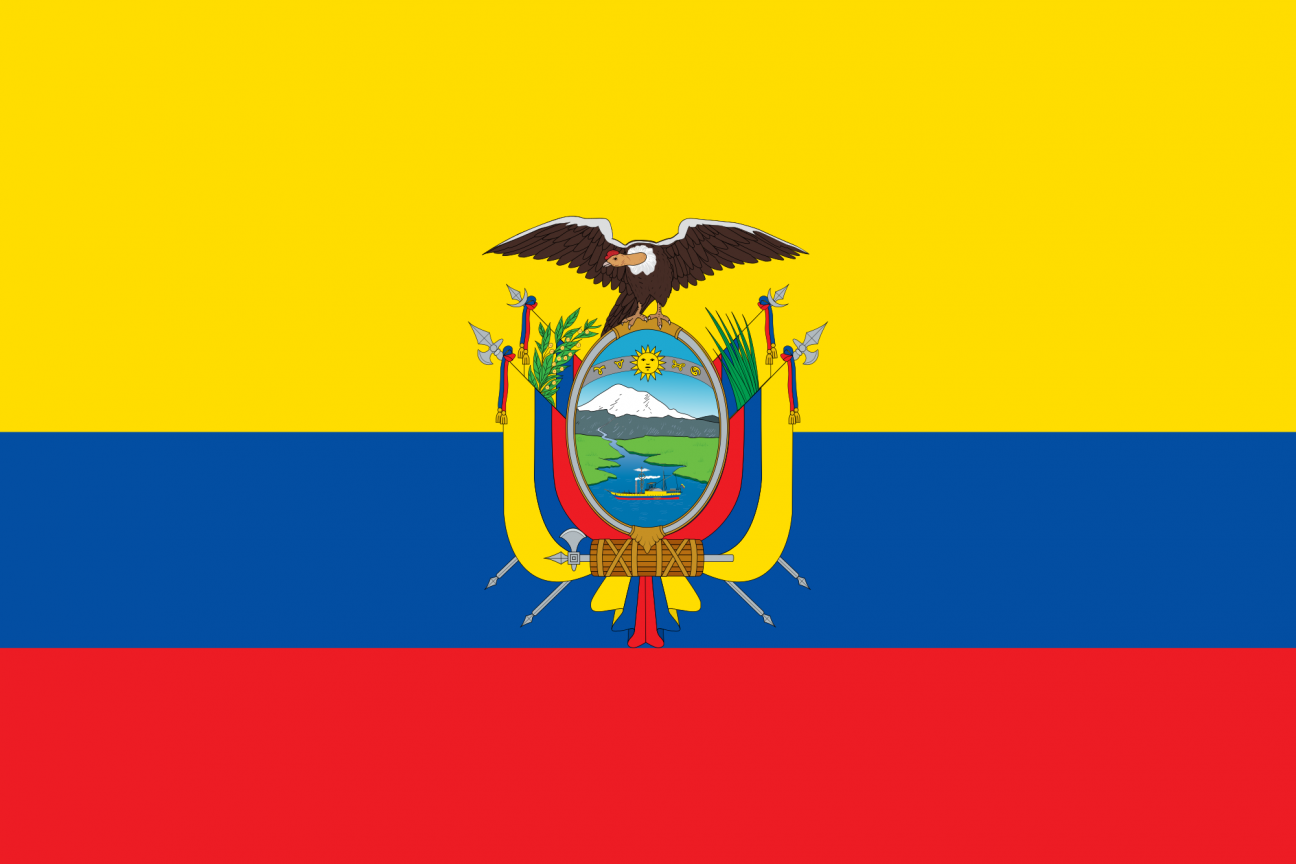
The Revolutionaries Try Again by Mauro Javier Cárdenas [2016]
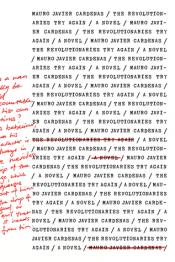
Everyone thinks they're the chosen ones, Masha wrote on Antonio's manuscript. See About Schmidt with Jack Nicholson. Then she quoted from Hope Against Hope by Nadezhda Mandelstam, because she was sure Antonio hadn't read her yet: Can a man really be held accountable for his own actions? His behavior, even his character, is always in the merciless grip of the age, which squeezes out of him the drop of good or evil that it needs from him. In San Francisco, besides the accumulation of wealth, what does the age ask of your so called protagonist? No wonder he never returns to Ecuador.
Learn more about Ecuador | Find more resources on Ecuador

Canada

Moon of the Crusted Snow by Waubgeshig Rice [2018]

The community leadership loses its grip on power as the visitors manipulate the tired and hungry to take control of the reserve. Tensions rise and, as the months pass, so does the death toll due to sickness and despair. Frustrated by the building chaos, a group of young friends and their families turn to the land and Anishinaabe tradition in hopes of helping their community thrive again. Guided through the chaos by an unlikely leader named Evan Whitesky, they endeavor to restore order while grappling with a grave decision.
Blending action and allegory, Moon of the Crusted Snow upends our expectations. Out of catastrophe comes resilience. And as one society collapses, another is reborn.
Learn more about Canada | Find more resources on Canada

The Philippines
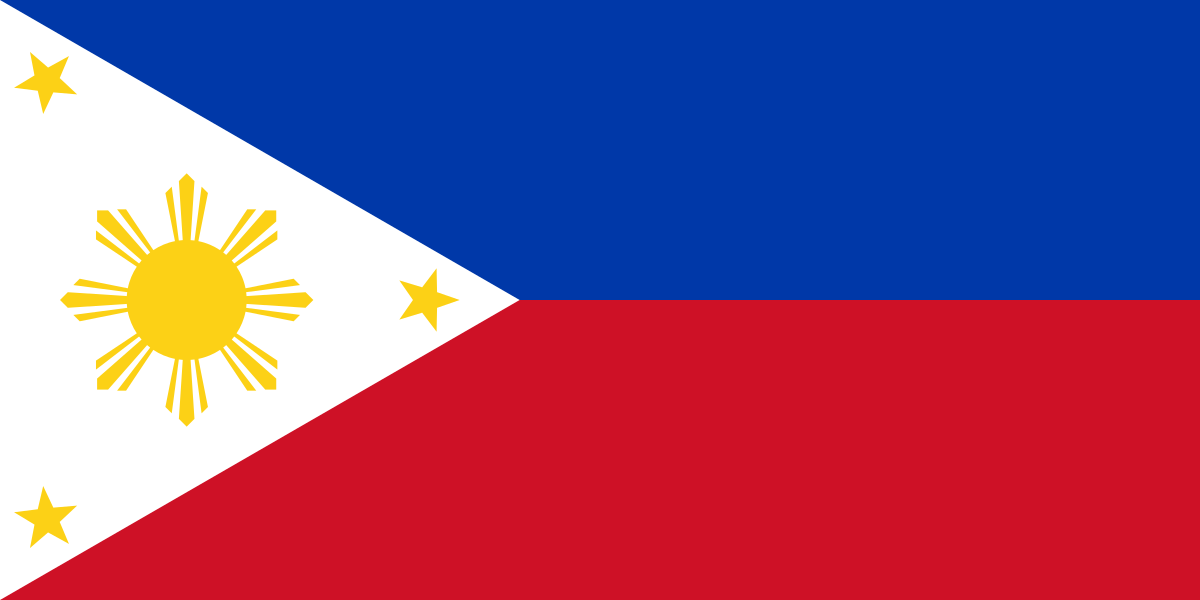
Insurrecto by Gina Apostol [2018]

Within the spiraling voices and narrative layers of Insurrecto are stories of women—artists, lovers, revolutionaries, daughters—finding their way to their own truths and histories. Using interlocking voices and a kaleidoscopic structure, the novel is startlingly innovative, meditative, and playful. Insurrecto masterfully questions and twists narrative in the manner of Italo Calvino’s If on a Winter’s Night a Traveler, Julio Cortázar’s Hopscotch, and Nabokov’s Pale Fire. Apostol pushes up against the limits of fiction in order to recover the atrocity in Balangiga, and in so doing, she shows us the dark heart of an untold and forgotten war that would shape the next century of Philippine and American history.
Learn more about The Philippines | Find more resources on The Philippines

The Ivory Coast (Côte d'Ivoire)

Aya by Marguerite Abouet [2007]
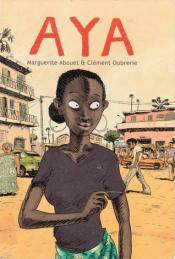
Who's to know that the Ivorian miracle is nearing its end? In the sun-warmed streets of working-class Yopougon, aka Yop City, holidays are around the corner, the open-air bars and discos are starting to fill up, and trouble of a different kind is about to raise eyebrows. At night, an empty table in the market square under the stars is all the privacy young lovers can hope for, and what happens there is soon everybody's business.
Aya tells the story of its nineteen-year-old heroine, the studious and clear-sighted Aya, her easygoing friends Adjoua and Bintou, and their meddling relatives and neighbors. It's a breezy and wryly funny account of the desire for joy and freedom, and of the simple pleasures and private troubles of everyday life in Yop City. An unpretentious and gently humorous story of an Africa we rarely see-spirited, hopeful, and resilient--Aya won the 2006 award for Best First Album at the Angoulême International Comics Festival. Clément Oubrerie's warm colors and energetic, playful lines connect expressively with Marguerite Abouet's vibrant writing.
Learn more about The Ivory Coast (Côte d'Ivoire) | Find more resources on The Ivory Coast (Côte d'Ivoire)
Where to next? Find out in Around the world in 80 books: week 3!
